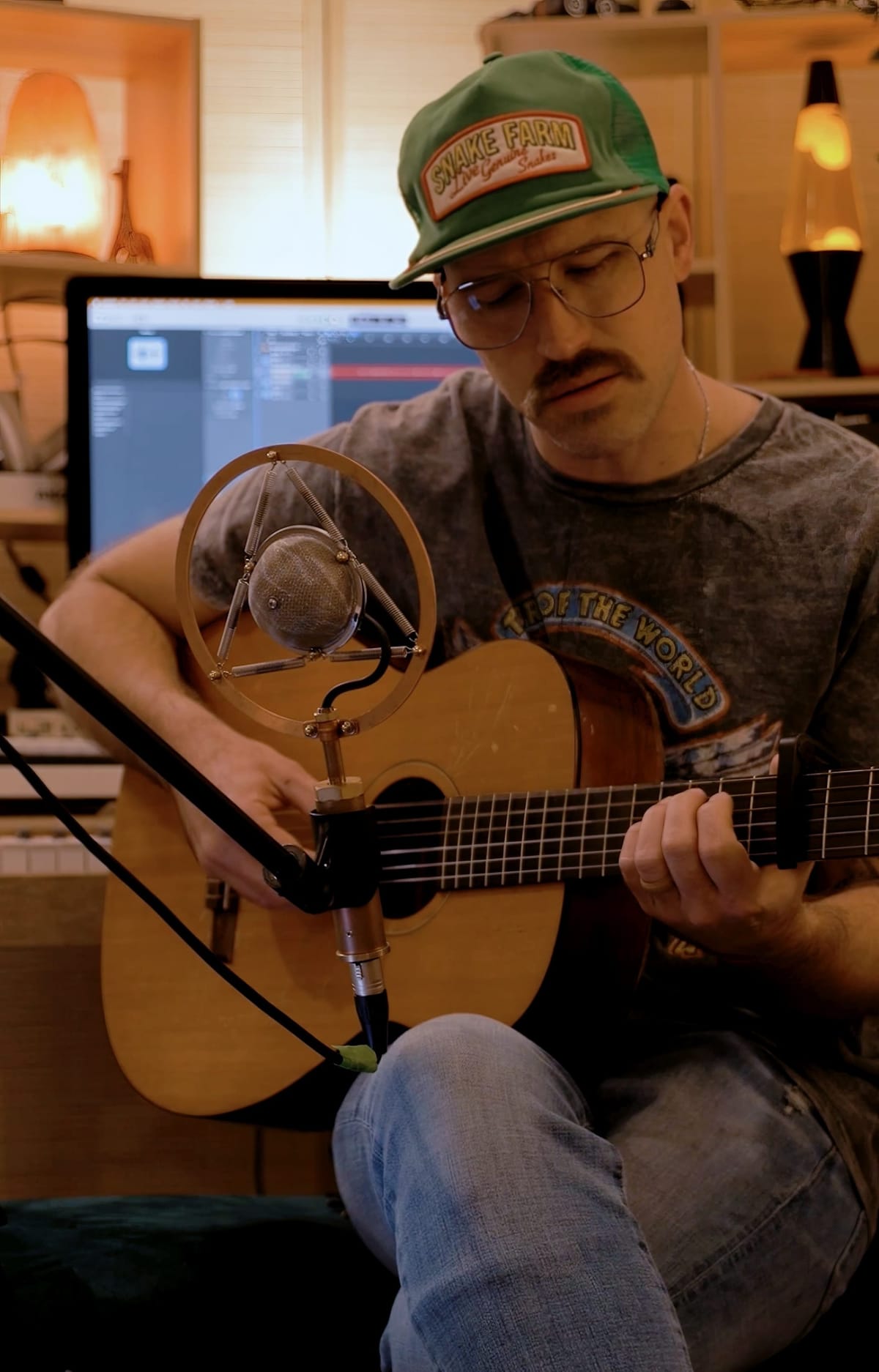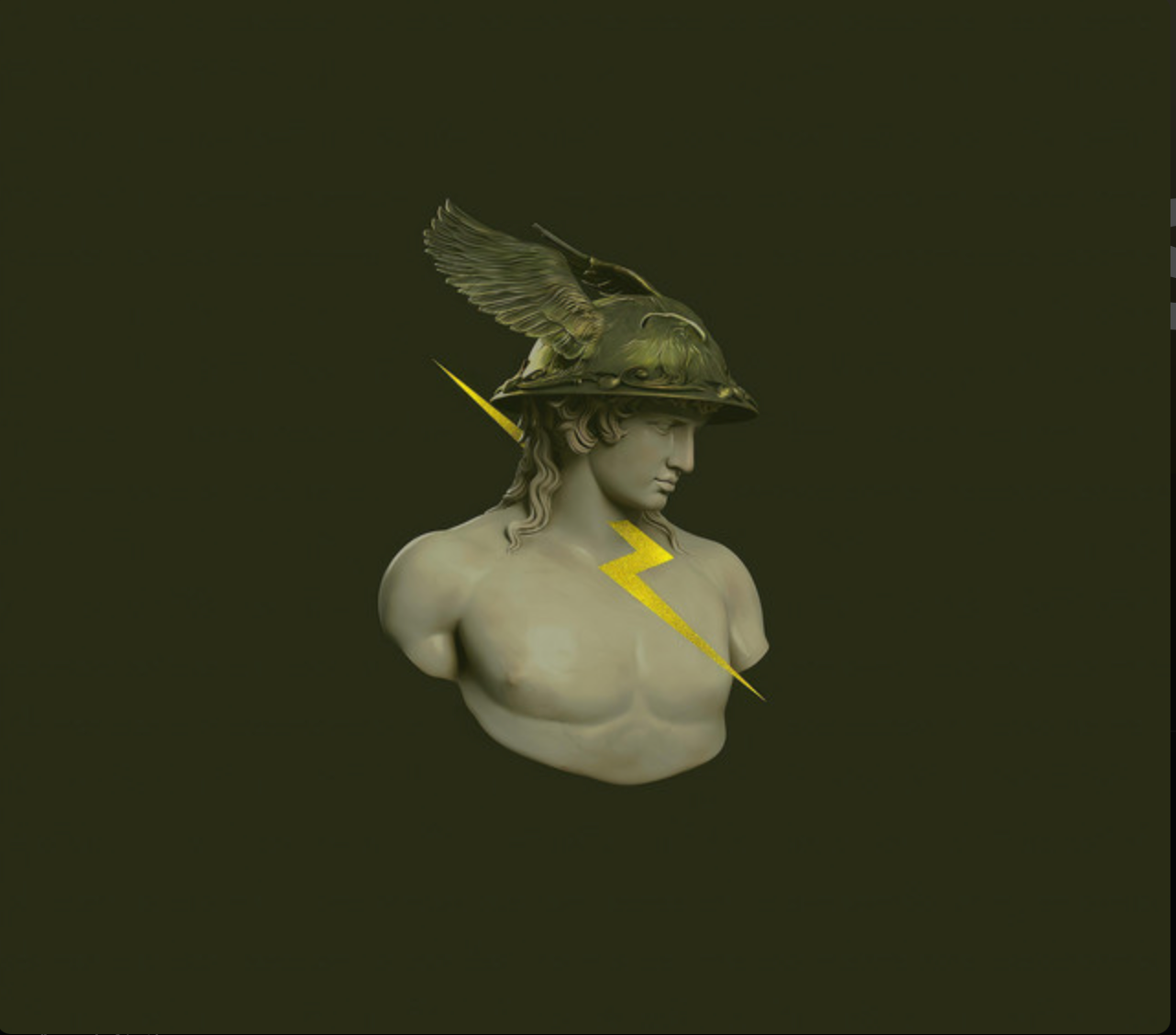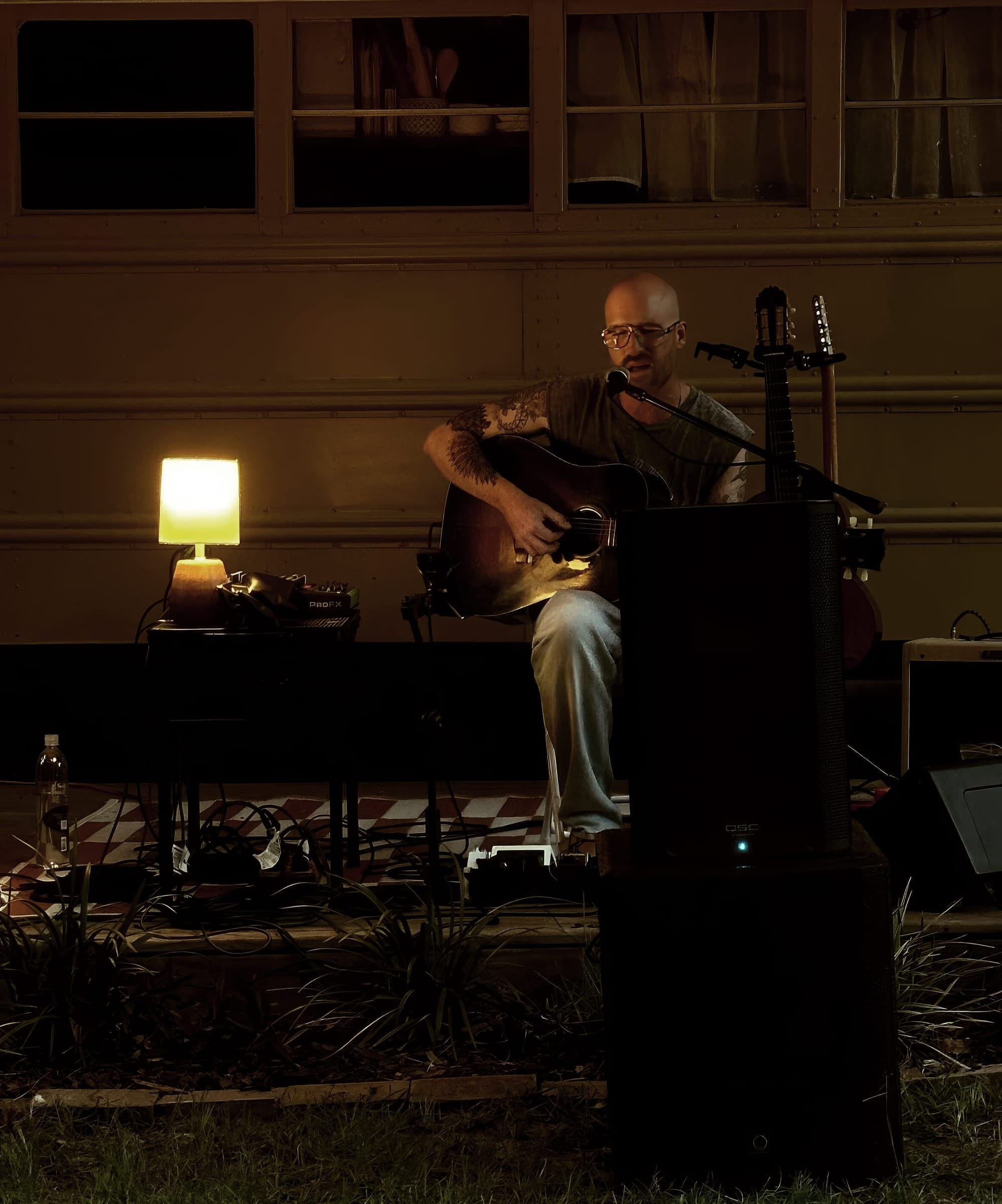Album Breakdown: Amick Cutler's "Voiceless"
Five years in the making, Voiceless began during a period where the artist literally lost their voice. These nine tracks parallel the journey of healing and self reflection that followed.

Music has always been a deep, intimate form of expression that portrays thoughts and emotions in a way words alone cannot achieve. This allows musicians to tell stories and exude sentiments of all types, whether the artists themselves relate with the stories they tell or not. While there are countless songs and albums that tell fictional tales or narrations about a person outside of the composer, my favorite albums tend to document a notable chapter of an artist’s life; I believe these works stand out so heavily because the creator’s visceral emotions shine through a production the most when the art holds a mirror up to their own life. For this reason, when I saw on Amick Cutler's Instagram that he had recently released Voiceless, an instrumental album that illustrated a key period from his life, I knew I needed to learn more about the project and its history.
While it was released in 2025, Voiceless began production in 2020. During the early months of 2020, Cutler had just finished the instrumentation for a different album when, like many others, Cutler contracted COVID-19. Unlike many others, however, Cutler lost one of his most integral assets as both a human being and a musician: his voice. Cutler was unable to both speak and sing; needless to say, these months of silence were more than emotionally taxing. Not only did his album’s production come to a halt, but his relationship with music itself was tainted with the loss of such a valuable part of his identity.

While the ability to use his vocal chords began to come back after around four months, Cutler’s healing process was by no means swift. For close to four years, Cutler slowly regained close-to-complete functionality of his voice, which allowed him to witness how the loss of his voice affected both his psyche and the world around him in the long-term. Cutler saw the most changes occur in his life as a creator: without his voice firing on all cylinders, he saw less demand for his talents in a live setting, as well as within his job ghostwriting music for media. Although his talents were not being utilized in the same way compared to when he could sing, Cutler didn’t allow himself to become creatively stagnant.
Converting his hindrance into a source of motivation, Cutler took this opportunity to expand his boundaries composition-wise. Cutler taught himself piano and began to experiment with blending the new instrument with more abstract synths and electronic sounds. The end result of his experimentation is Voiceless, which not only showcases Cutler’s growth as an artist, but the emotional evolution throughout the past four years.
The album opens with a hopeful, almost mechanical-sounding piece with chattering percussion and bright synths keeping the primary melody. In a way, the first piece emulates an excitement similar to that found at the start of a new journey. As the songs progress, there is a noticeable shift into a softer, mournful mood that seems to reflect the somber acceptance that came further into the healing process. Songs like V especially stick out because of the uncertain anticipatory mood cultivated through complex, climbing dynamics and piano-focused strains. The pace picks up near the end of the album, mirroring the energy of the first song. With heavier drums and dynamic tempos, the album closes with a sense of life being restored after a period of quiet patience. For fans of artists like Bon Iver, Sleeping At Last, and Novo Amor, Voiceless is well-worth the listen-through.

While Voiceless describes Cutler’s journey of grappling with a difficult period of life, the effects of this era still linger in Cutler's day-to-day life. Cutler experiences what is known as muscle tension dysphonia, which Cutler says makes his vocal chords feel thin and tight like piano strings. Every morning is a gamble when it comes to how often and to what extent Cutler can vocalize, but unsurprisingly, Cutler doesn’t allow this uncertainty to bring him down. Instead, Cutler says that it has taught him about intentionality and the gift it is to have a voice at all.
Notably, Cutler maintains that he will always save his voice not for music or for the public, but for his wife and family; this sentiment, in my opinion, is the perfect embodiment of Cutler’s warm, genuine character.
Although his creative process has evolved over the years, Cutler still maintains a steady schedule of both music composition and performance. If you're looking for an acoustic set to watch in Pensacola or an eclectic collection of music to scour through, then I encourage you to check out Cutler's work, both in Voiceless and beyond. To stay caught up with Cutler’s music, as well as future performances, make sure to follow him on Instagram at @amickcutler and give his discography a listen wherever you stream your music.

